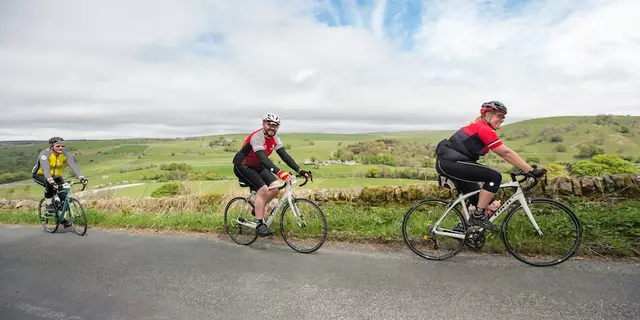Time in Cycling – How to Use Every Minute Wisely
If you’re a rider who wants to get faster, stronger, or just enjoy more rides, you’ll quickly notice that time is the hidden driver behind every improvement. It’s not just about how long you stay on the bike; it’s about when you ride, how you measure effort, and how you fit cycling into a busy life.
Why Time Matters for Cyclists
First off, time is the currency of performance. In a time trial, the clock decides who wins, so learning to pace yourself against the seconds can shave off precious minutes. Even on a casual ride, knowing how long you’ve been on the road helps you avoid burnout and plan recovery.
Second, timing your training sessions for the right part of the day can boost results. Many cyclists feel stronger in the late morning when body temperature peaks, while others prefer early evenings when the wind dies down. Experimenting with different slots lets you discover your personal sweet spot.
Third, consistency over weeks and months beats occasional long rides. A 45‑minute ride three times a week builds a solid aerobic base, whereas a single 3‑hour outing can leave you exhausted and increase injury risk. Tracking weekly mileage and time spent riding lets you spot patterns and stay on track.
Practical Tips to Master Your Riding Time
1. Use a bike computer or smartphone app. A simple GPS device shows elapsed time, speed, and distance in real time. Set alerts for target intervals – for example, a 5‑minute hard effort followed by 2 minutes easy – and you’ll get a clear picture of how you’re pacing.
2. Plan rides around your calendar. Block out time the night before, just like a meeting. If you know you have a 1‑hour window on Tuesday, schedule a specific workout (intervals, endurance, or recovery) instead of deciding on the fly.
3. Track time trials on familiar routes. Choose a flat stretch, note the start and finish, and ride it repeatedly. Compare your seconds each week and look for small gains – a tighter aero position or smoother pedal stroke can make a difference.
4. Break long rides into time chunks. Instead of thinking “I need to ride 3 hours,” treat it as three 1‑hour segments with short rests. This mental shift makes the distance feel doable and helps you maintain focus throughout.
5. Schedule recovery time. Rest isn’t a waste of time; it’s when your body adapts and gets stronger. Mark easy days on your calendar and stick to them. Even a short 30‑minute spin at low intensity can flush out fatigue.
6. Use time to set goals. Whether you aim to improve a 20‑minute power number or finish a 50‑km ride under two hours, define the exact time you want to achieve. Write it down, track progress, and celebrate when you hit the mark.
7. Sync training with seasons. Summer daylight gives you longer windows, while winter may limit you to 30‑minute indoor sessions. Adjust your targets accordingly, so the clock stays your friend, not your foe.
By treating time as a tool rather than a constraint, you’ll find yourself riding more efficiently, training smarter, and enjoying every minute on the bike. Start measuring, plan your schedule, and watch the seconds add up to real results.

How long would it take to bicycle around the world?
This article discusses the feasibility of a journey around the world by bicycle. It explains the factors to consider when planning such a trip, such as the length of the journey, the type of bike, the physical and mental challenges, and the cost of the trip. It also lists some of the benefits of such a journey, such as discovering new cultures and making new friends. The article concludes that such a journey is possible and achievable, but it would take a great deal of planning and preparation. Therefore, the exact time it would take to complete the journey is impossible to predict.
View More



